The Role of Matrix in Dentistry: Understanding Their Types
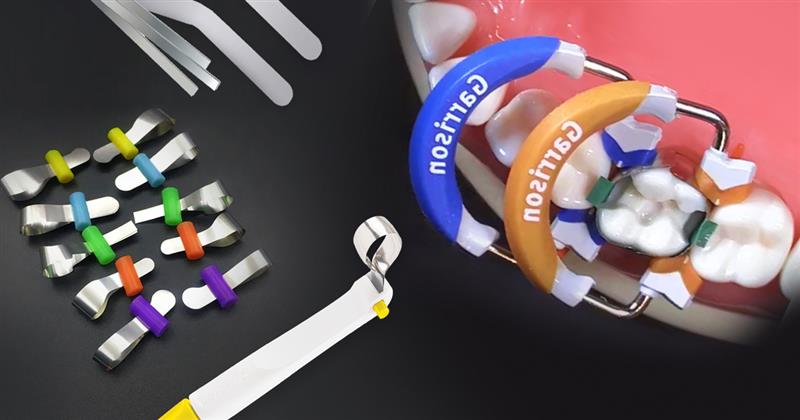
The Role of Matrix in Dentistry: Understanding Their Types – Restorative procedures are often perceived as simple but achieving long-lasting and effective results requires the right techniques and instruments. One of the critical factors in restorative dentistry is ensuring that the shape and contours of the restoration are accurate. This is where the role of a dental matrix becomes essential. A matrix helps establish the correct contour and contact while preventing excess material from flowing beyond the prepared cavity.
With advancements in dental materials and techniques, a wide variety of matrix systems have been introduced to simplify the process for dentists. However, many practitioners are still unaware of the newer, more efficient matrix systems available today. In this blog, we will explore the types of dental matrix bands — both traditional and modern—that can be used by dentists to enhance the quality of their restorations.
What is a Dental Matrix?
A matrix is a device that is applied to a prepared tooth before the insertion of the restorative material to assist in the development of appropriate axial tooth contours and to confine the excess restorative material.
The primary objectives of a matrix are:
- To provide proper contact,
- To provide proper contour,
- To confine the restorative material,
- To reduce the amount of excess material and,
- To help protect the adjacent tooth from being damaged during preparation.
Classification of Dental Matrix:
- Based on Mode of Retention:
- With retainer, e.g., Tofflemire matrix
- Without retainer, e.g., Automatrix
- Based on type of band
- Metallic nontransparent matrices
- Nonmetallic transparent matrices
- Based on type of cavity for which it is used
- Matrix for Class I cavity, including buccal and lingual extension preparation
- Double banded Tofflemire (Barton matrix)
- Matrices for Class II cavity preparation
- Single banded Tofflemire matrix
- Rigid material supported sectional matrix
- Ivory matrix no. 1
- Ivory matric no.8
- Copper band matrix
- Anatomical matrix
- Automatrix
- Matrices for Class III cavities
- Mylar strip matrix
- S-shaped matrix
- Matrices for Class IV cavities
- Custom lingual matrix
- Mylar Strip matrix
- Transparent crown form matrix
- Modified S-shaped matrix
- Matrices for Class V cavities
- Window matrix
- Cervical matrix
- Matrix for Class I cavity, including buccal and lingual extension preparation
The above classification covers both traditional and modern matrices. Let’s now explore the matrices commonly used by dentists today and how they can improve everyday dental practice.
Commonly Used Matrices by Dentists:
1. Universal Matrix
Also known as the Tofflemire Matrix, it is one of the most traditional methods for developing tooth contours. It is ideally indicated when three surfaces (i.e., mesial, occlusal, distal) of a posterior tooth have to be prepared. It is also commonly used for two-surface Class II amalgam restorations. However, as amalgam restorations are becoming obsolete these days, their usage is also decreasing day by day.
A definitive advantage of these matrix retainers is that they may be positioned on the facial or lingual aspect of the tooth, but they are often positioned on the facial side only. These matrix bands can be of two types:
i. Uncontoured bands – These uncontoured bands are available in two thicknesses: 0.002 inch (0.05 mm) and 0.0015 inch (0.038 mm). These are contoured with the help of a ball burnisher. Usually, burnishing a thinner band is more difficult, and the band is less likely to retain its contour when tightened around the tooth.
ii. Precontoured bands – These matrix bands, used with universal retainers, need little to no adjustment before being placed in the retainer or after being positioned around the tooth.
Indications:
- Mesio-occluso-disto cavity restoration of posterior teeth.
- Only mesio-occluso/disto-occluso Class II restoration.
Top Recommendations: Samit Matrix Bands No.8 – Straight, Hahnenkratt Matrix Bands
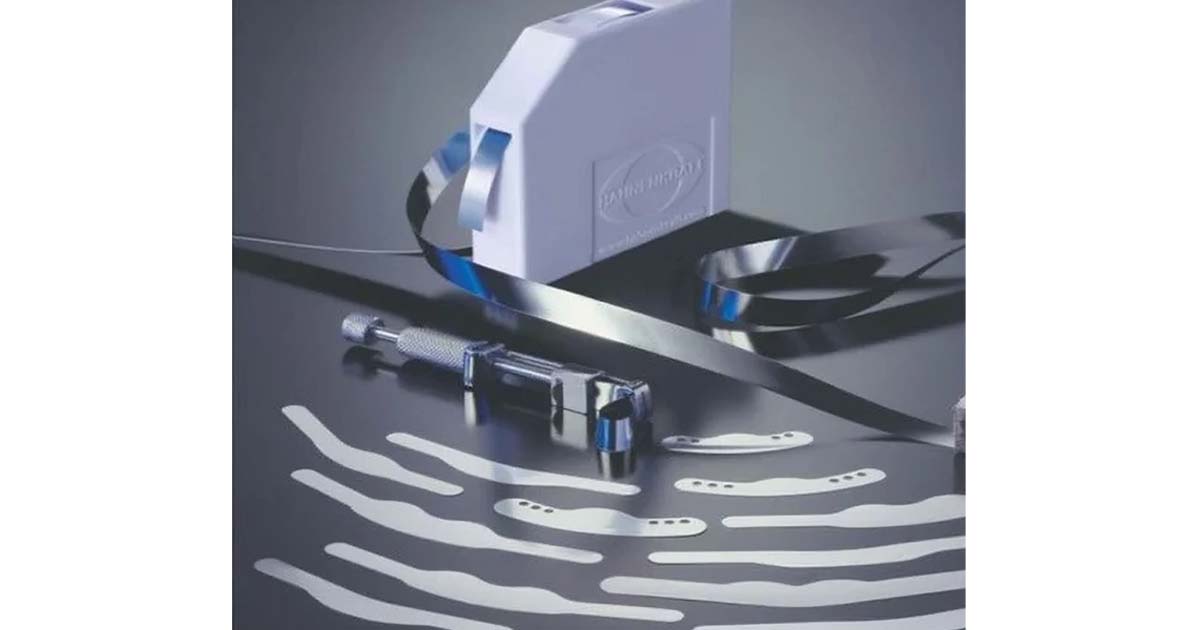
2. Precontoured Sectional Matrix Bands
The precontoured matrix bands are sectional strips that are rounded and ready for application to the tooth. The sectional matrices are relatively easy to use, very thin, and come in different sizes that can be used according to the clinical situation.
These systems may use a biting matrix ring to help in the stabilization of the matrix band and provide additional tooth separation while the composite is inserted.
The primary benefit of these bands is that they are a simpler method for establishing an appropriate composite proximal contour and contact.
Read Also: Types of Retainers in Dentistry: Removable Vs Permanent
Also, the usage of these bands for restoring wide faciolingual proximal preparations requires careful application; otherwise, the biting ring prongs may cause concavity or deformation of the matrix bands, resulting in poor restoration contour. This concavity can be difficult to clean, leading to plaque deposition that could go unnoticed clinically, resulting in caries on the neighbouring surface of the untreated tooth.
Indications:
• For minor to average Class II cavities affecting one or both proximal surfaces of posterior teeth.
• Can be used for both composite and amalgam restorations.
Top Recommendations: Tor Vm Sectional Contoured Matrices Kits, Garrison Dental Strata-G Sectional Matrix Bands
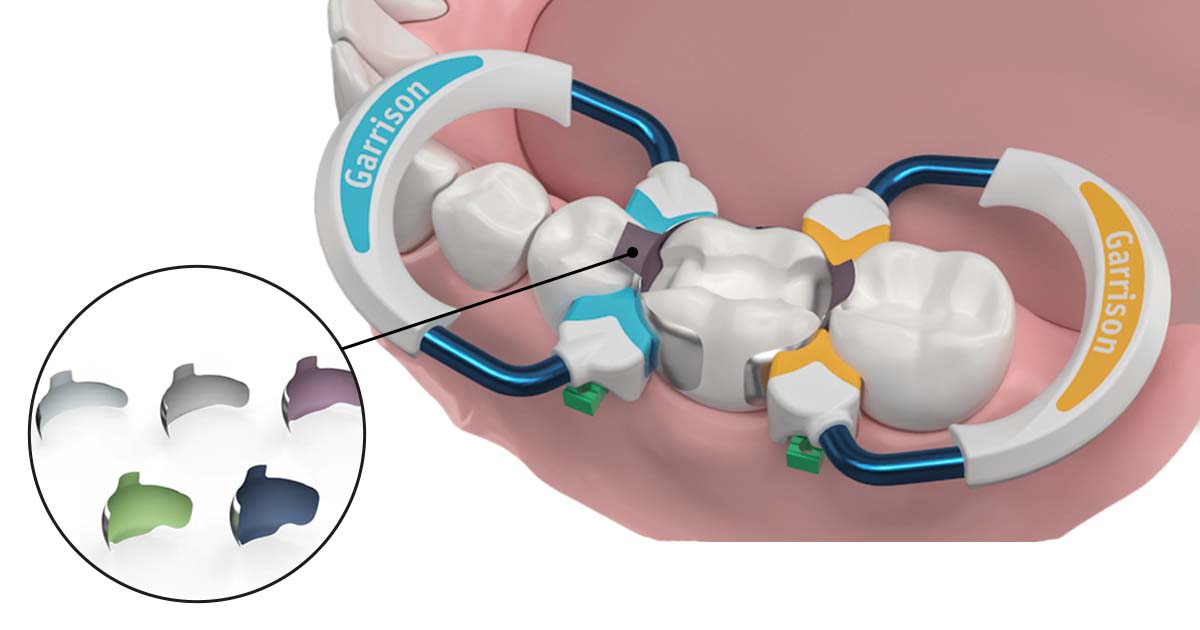
3. Mylar Strip Matrix
It is mainly used for composite restorations. The proximal surface of a tooth is usually convex inciso-gingivally, and the Mylar strip may be flat. It can be shaped to conform to the desired tooth contour. One way to contour a Mylar strip is by drawing it along a hard, rounded object. Several pulls of the strip with pressure across the rounded end of the operating pliers may be required to obtain enough convexity.
Composite is applied in 2 mm incremental layers to fill the preparation completely and applying it in slight excess can help apply positive pressure with the matrix strip when closed. Any gross excess can be removed quickly with the blade of the insertion instrument or an explorer tine before closing the matrix. The lingual and facial ends of the strip should be closed over the tooth and can be held in place until the light activation is done.
Indications:
- Commonly used for anterior tooth restorations, especially Class III and Class IV restorations.
- Class V cervical defects
- Diastema closure
Top Recommendations: Unident Matrix Strips , Samit Matrix / Mylar Strip 200 Pcs
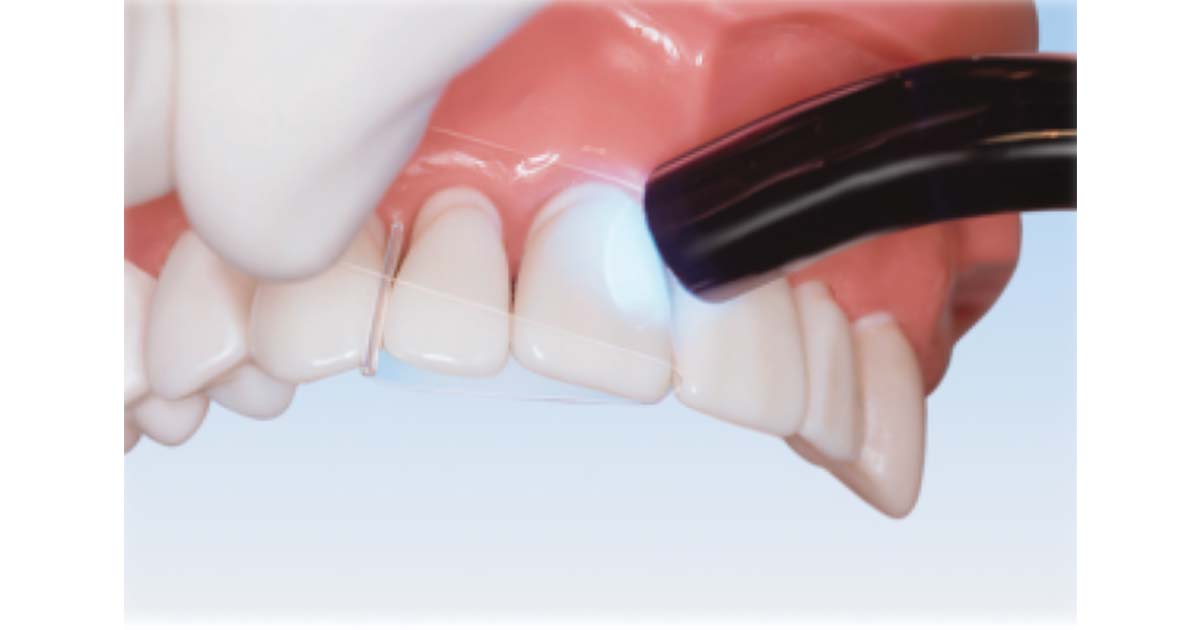
4. Automatrix
The Automatrix is a retainerless matrix system designed for any tooth to facilitate the placement of direct multi-surface restorations. The use of Automatrix system helps in easier placement, improved access, a clearer perspective of the operative field, and increased patient satisfaction. Furthermore, the advantages of using this matrix system are that it is simple to use as compared to traditional retainers, hence quick implementation and better visibility. These are available in three widths – 4.8 mm, 6.35 mm, and 7.79 mm.
Indications:
- One or more cusps that need to be restored in a complex amalgam or composite restoration.
Top Recommendations: ET Dental Automatrix Metal Bands with Locker
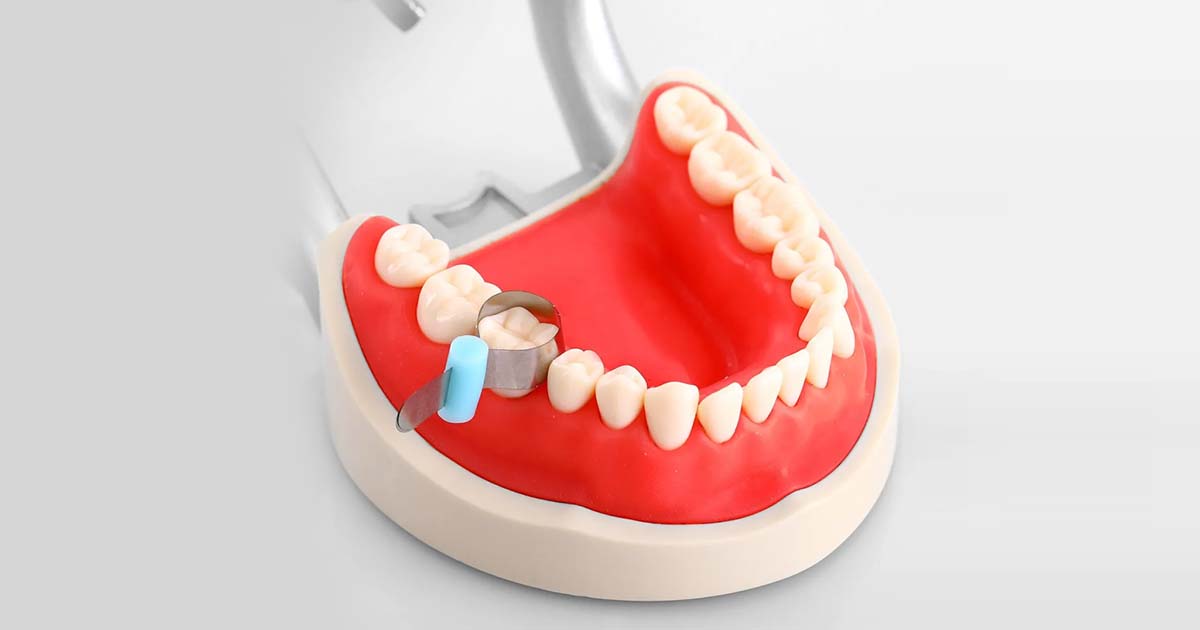
5. Preformed Plastic or Celluloid Crown Form Matrix
These are preformed clear plastic or celluloid crown shaped matrices, made up of cellulose acetate (cellophane) or cellulose nitrate (celluloid), used as matrix for tooth-colored restorations in the front teeth. These help to establish proper proximal contact, contour the restoration, and confine the restorative material.
Indications:
- Used for bilateral Class IV preparation (mesio-incisal-distal or MID).
- For unilateral Class IV, the matrix can be cut inciso-gingivally to use one-half of the crown according to the side of the restoration.
- For diastema correction.
Top Recommendations: Bioclear Diastema HD Matrix Closure Series, Bioclear Anterior Matrix Closure Series
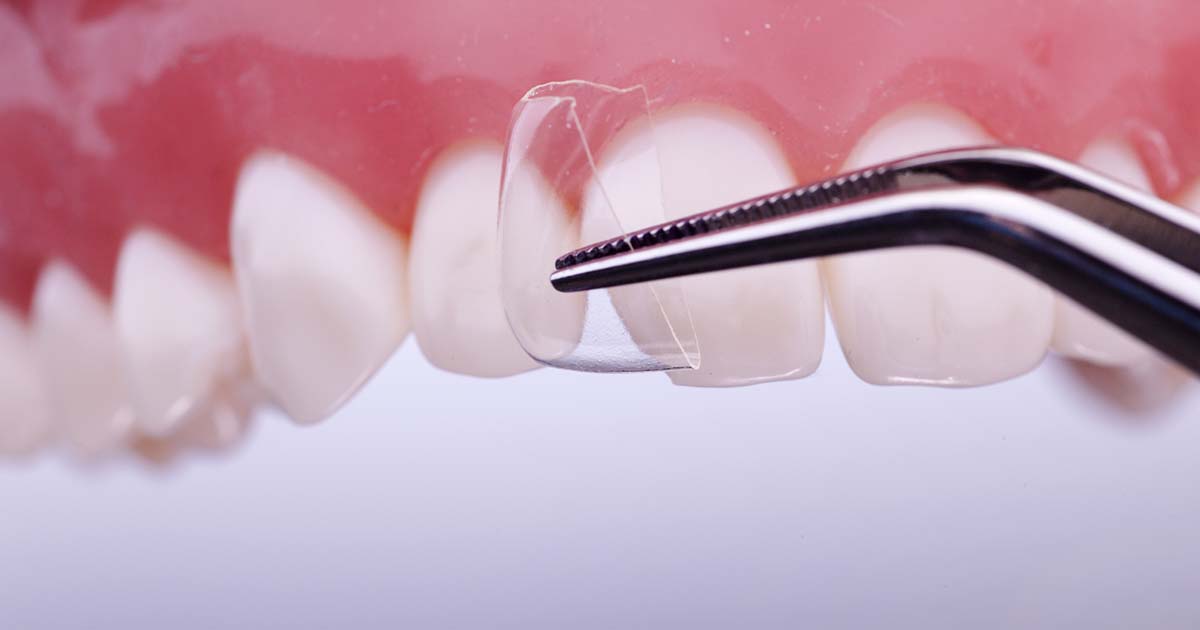
Conclusion:
As dental instruments and techniques continue to evolve, it becomes essential for dentists to stay informed and adapt to these advancements. Incorporating modern matrix systems into daily practice can significantly improve the accuracy of contour and contact in restorations, leading to better clinical outcomes. The matrices discussed above offer reliable solutions for various cavity classes, making restorative procedures more efficient and predictable.
For practitioners seeking to upgrade their restorative techniques, a comprehensive range of high-quality matrices and retainers is available on DentalKart, catering to diverse clinical needs and ensuring precise results in every procedure.
Frequently Asked Questions:
Posterior matrices include the Universal Matrix (Tofflemire), commonly used for Class II restorations, the Precontoured Sectional Matrix, ideal for minor to moderate Class II cavities, and the Automatrix, a retainerless system used for multi-surface restorations and cusp replacement.
A dental matrix is used to establish proper proximal contact and contour during restorations, confine excess material, and protect adjacent teeth from damage, ensuring a well-contoured and effective restoration.
Mylar strip matrices help achieve a smooth and natural finish in anterior restorations by providing a transparent barrier that allows light penetration for proper polymerization of composite materials. They are commonly used in Class III, IV, and V restorations.
All matrix bands, including metal matrices like Tofflemire and Automatrix, as well as plastic and celluloid matrices such as Mylar strips and preformed plastic crown forms, are disposable. They tend to get distorted during use, making them unsuitable for reuse and compromising hygiene and performance.

No Comment